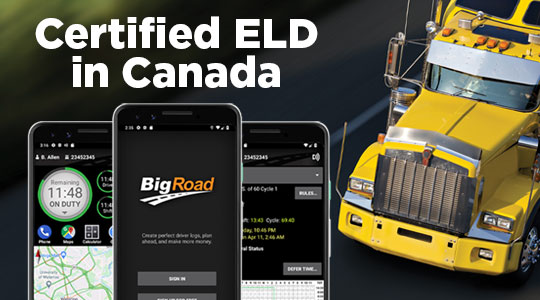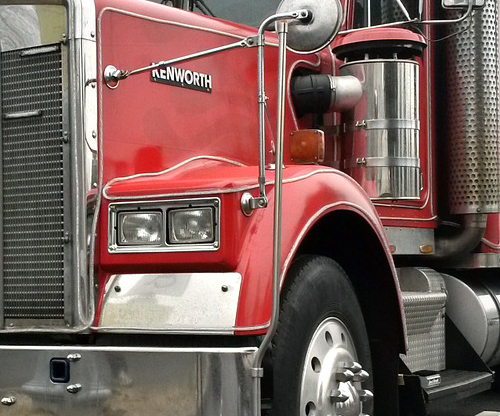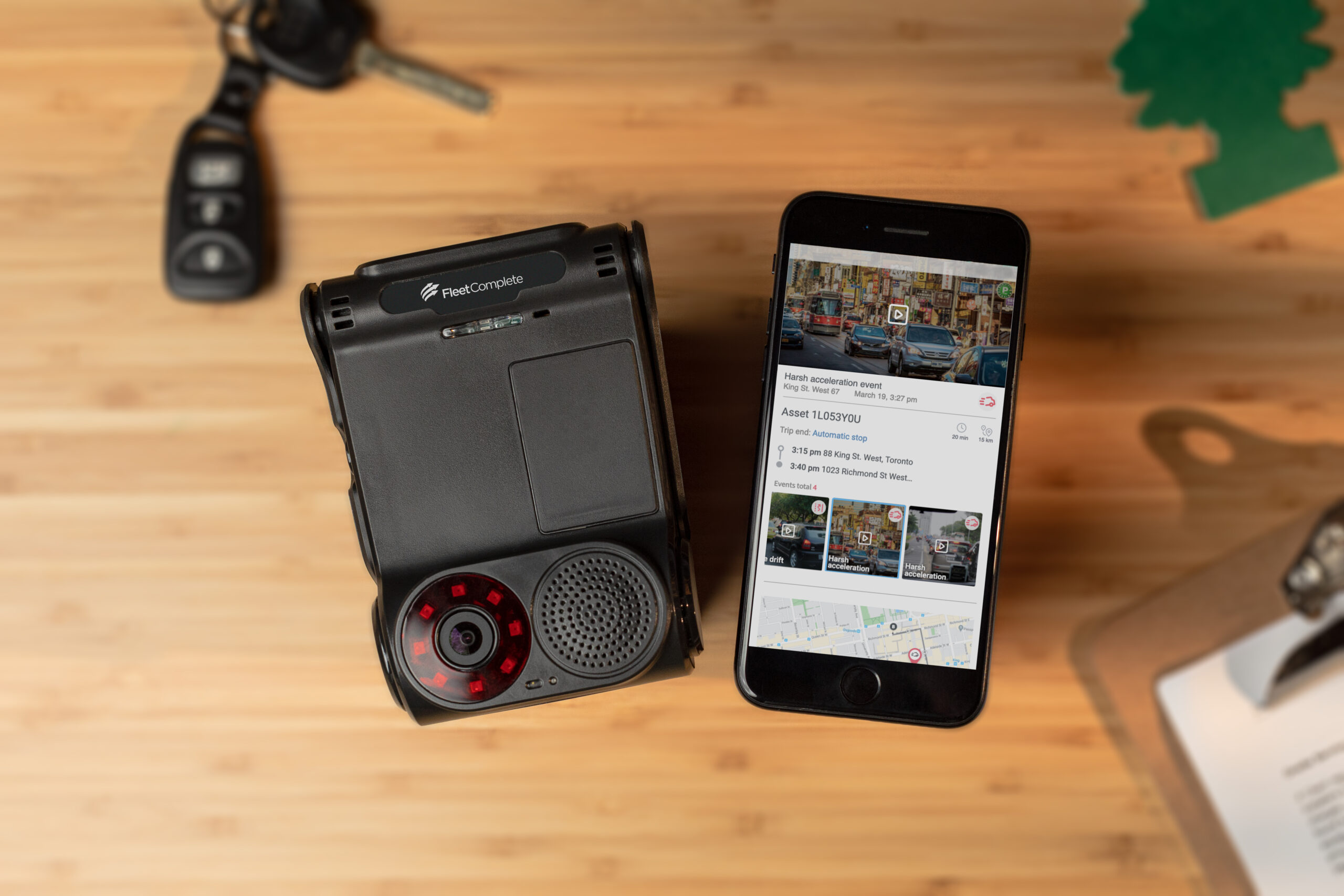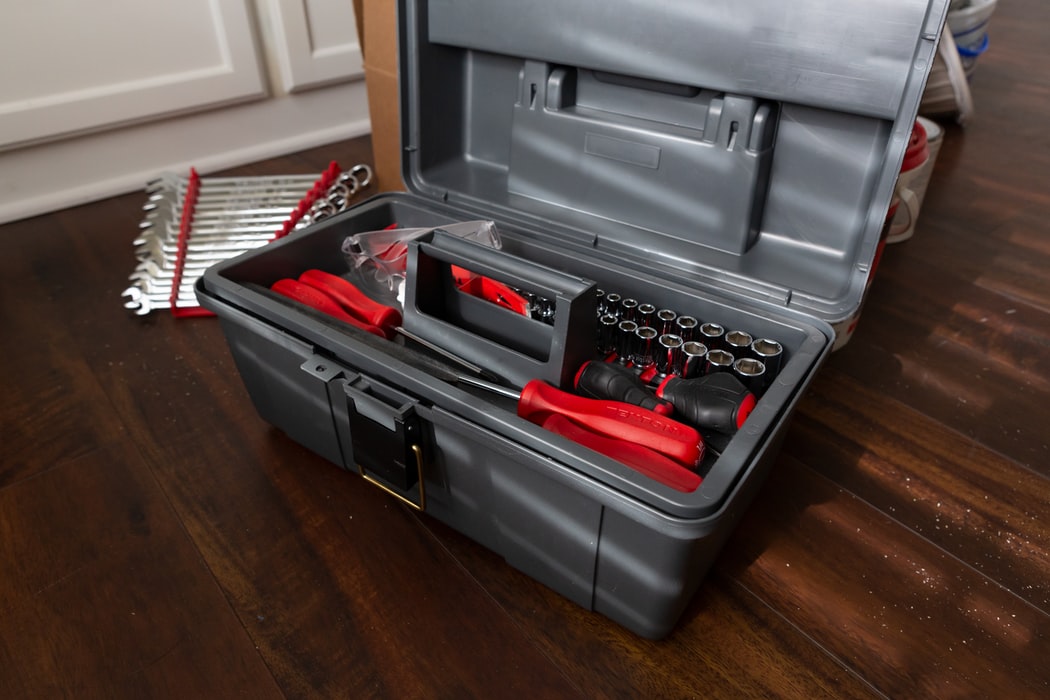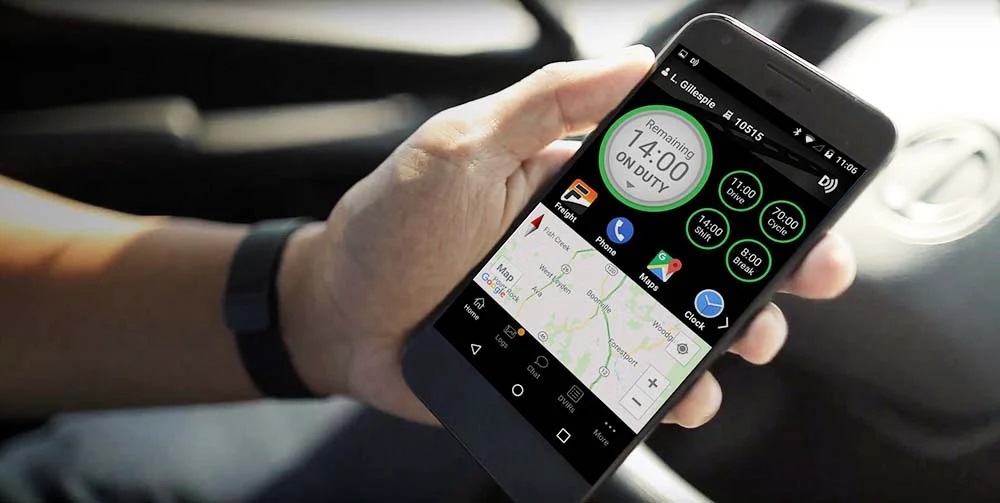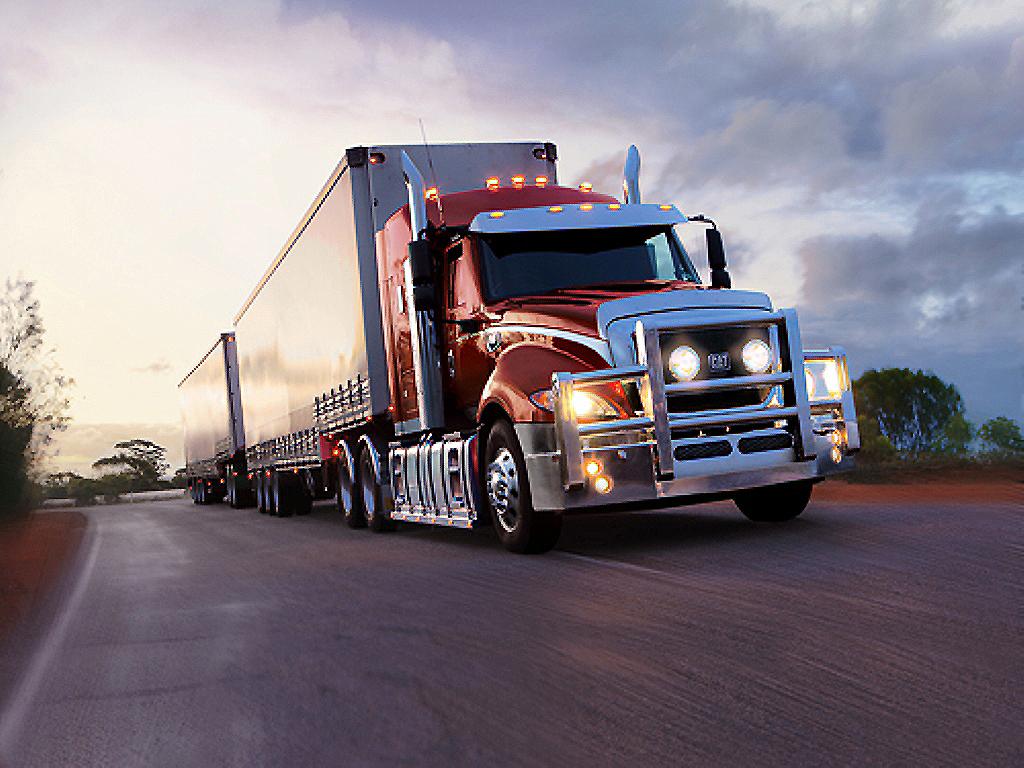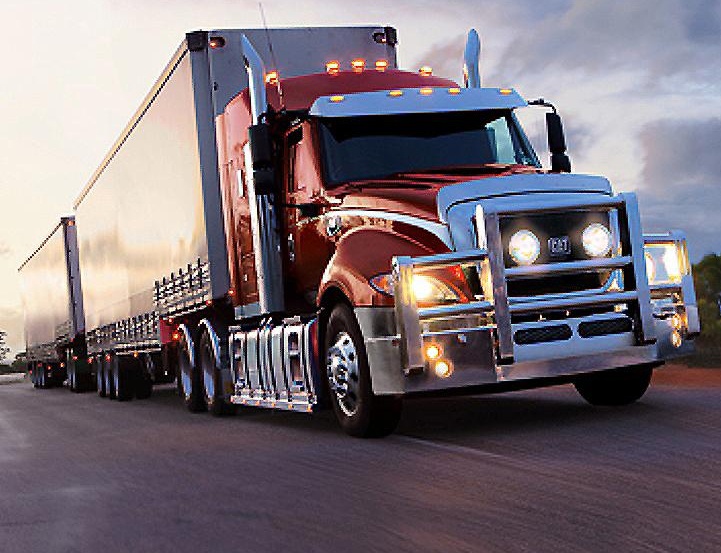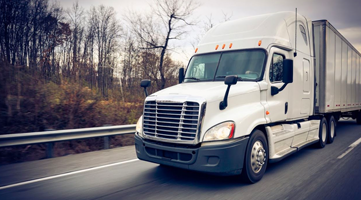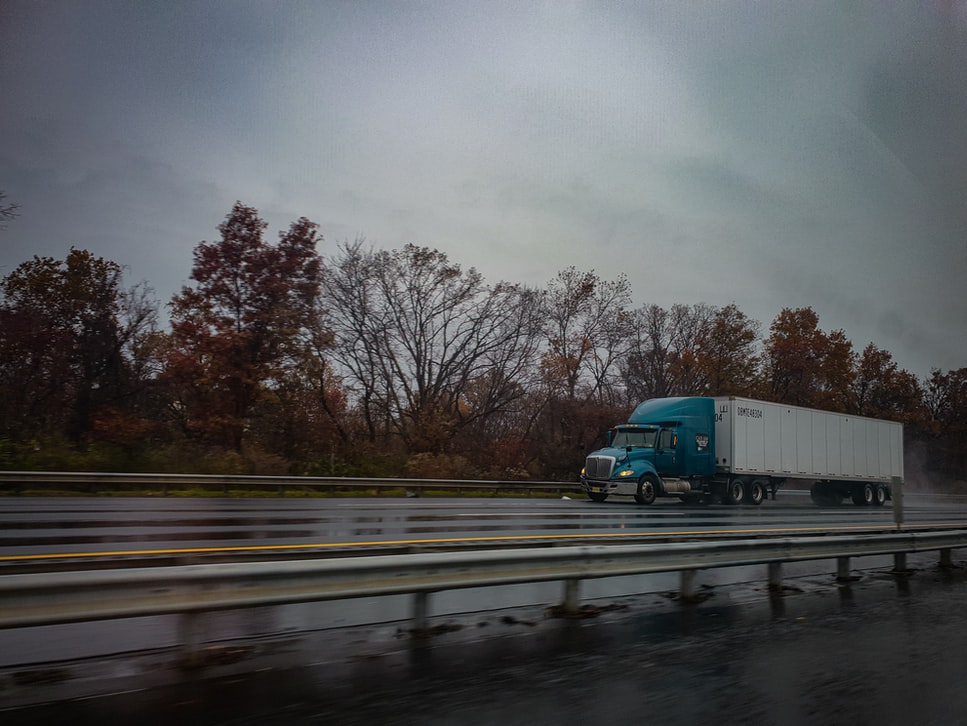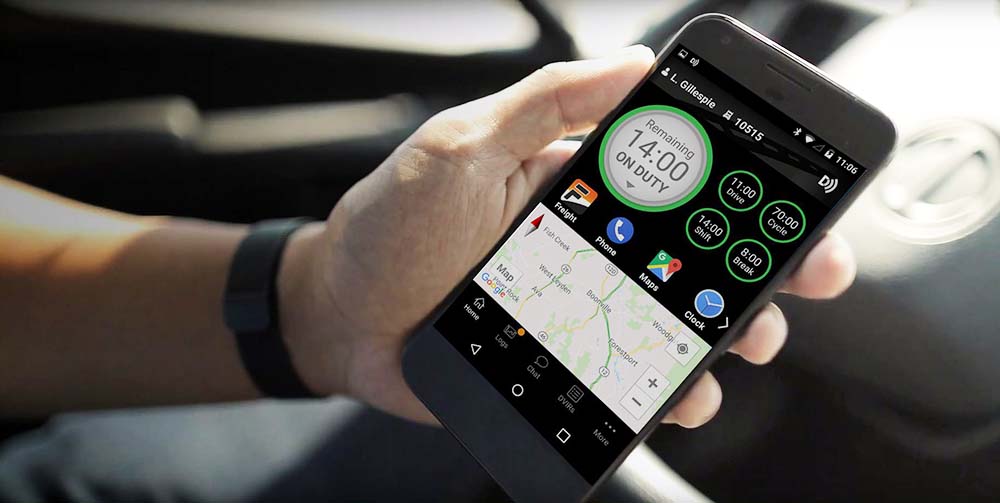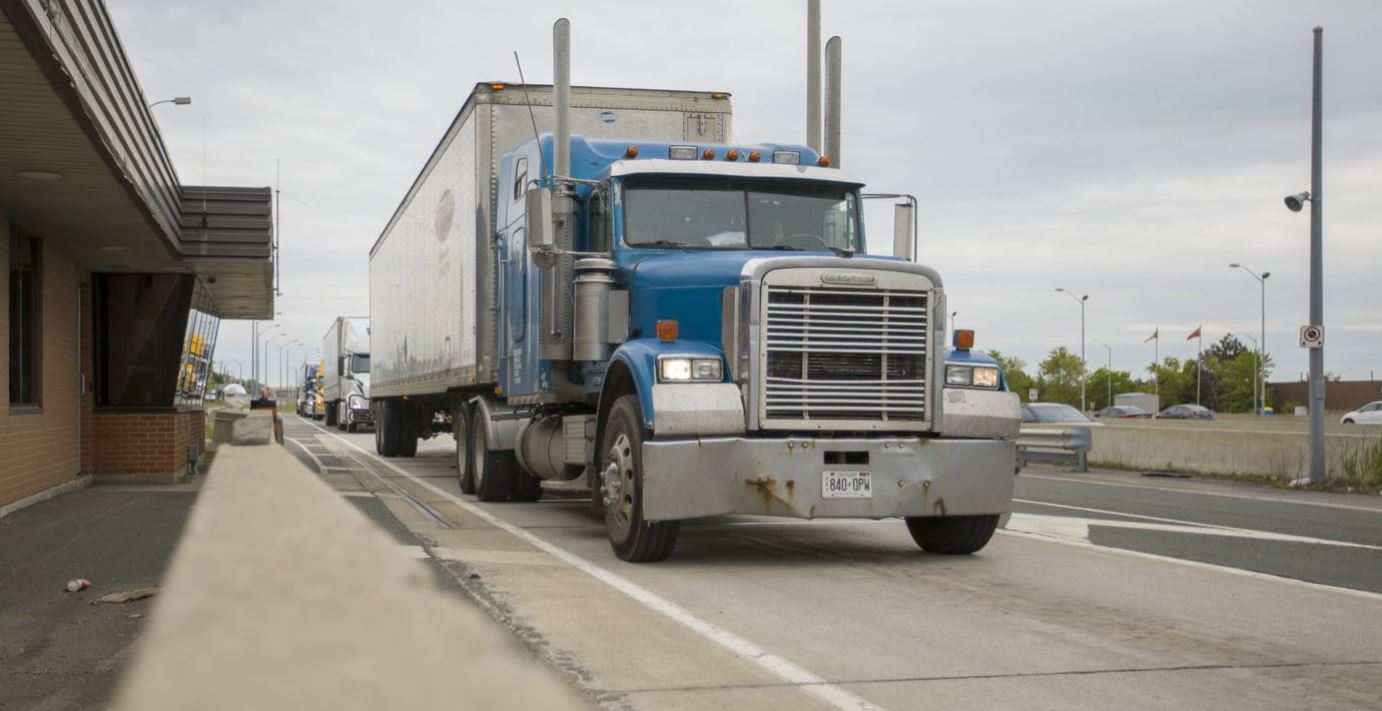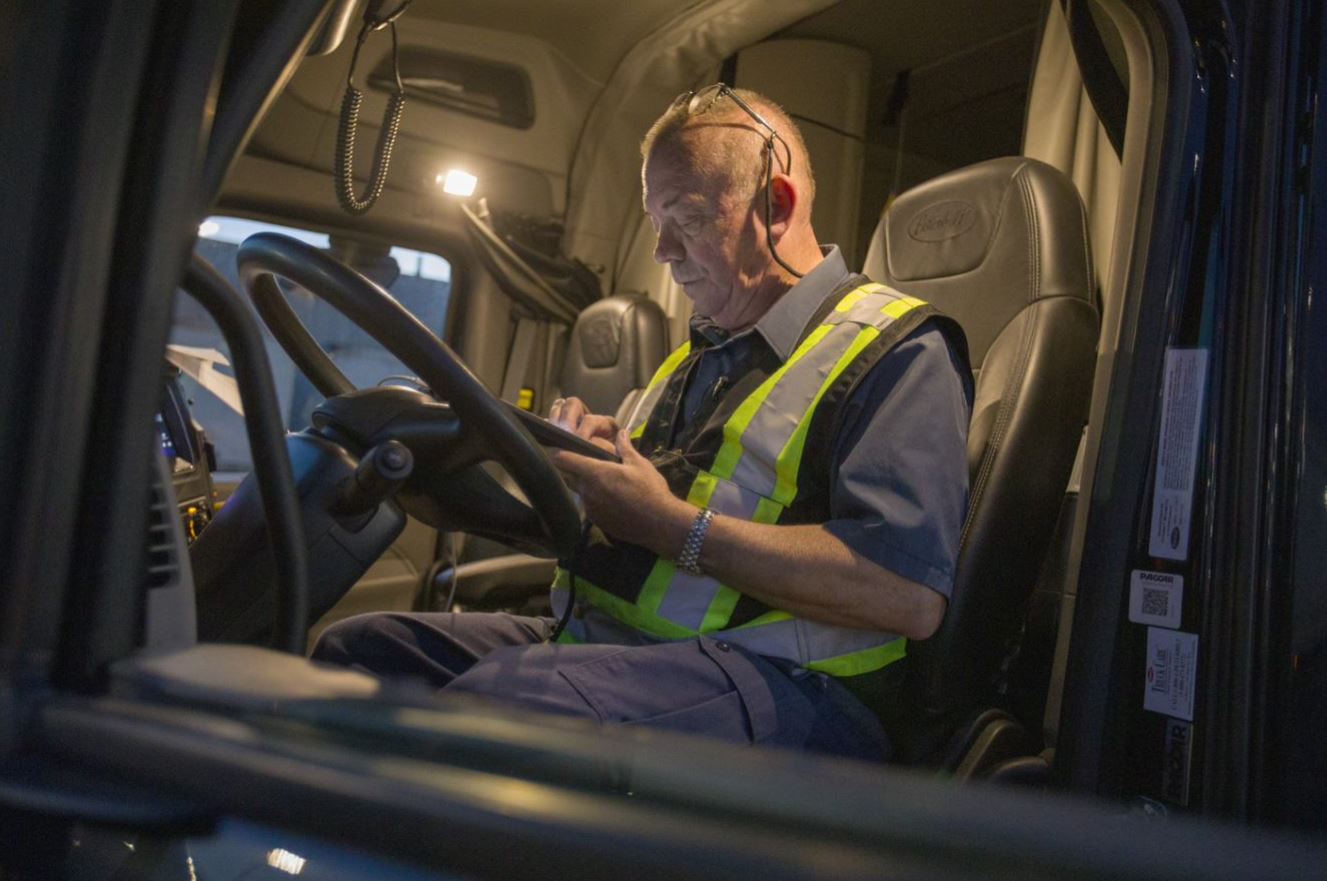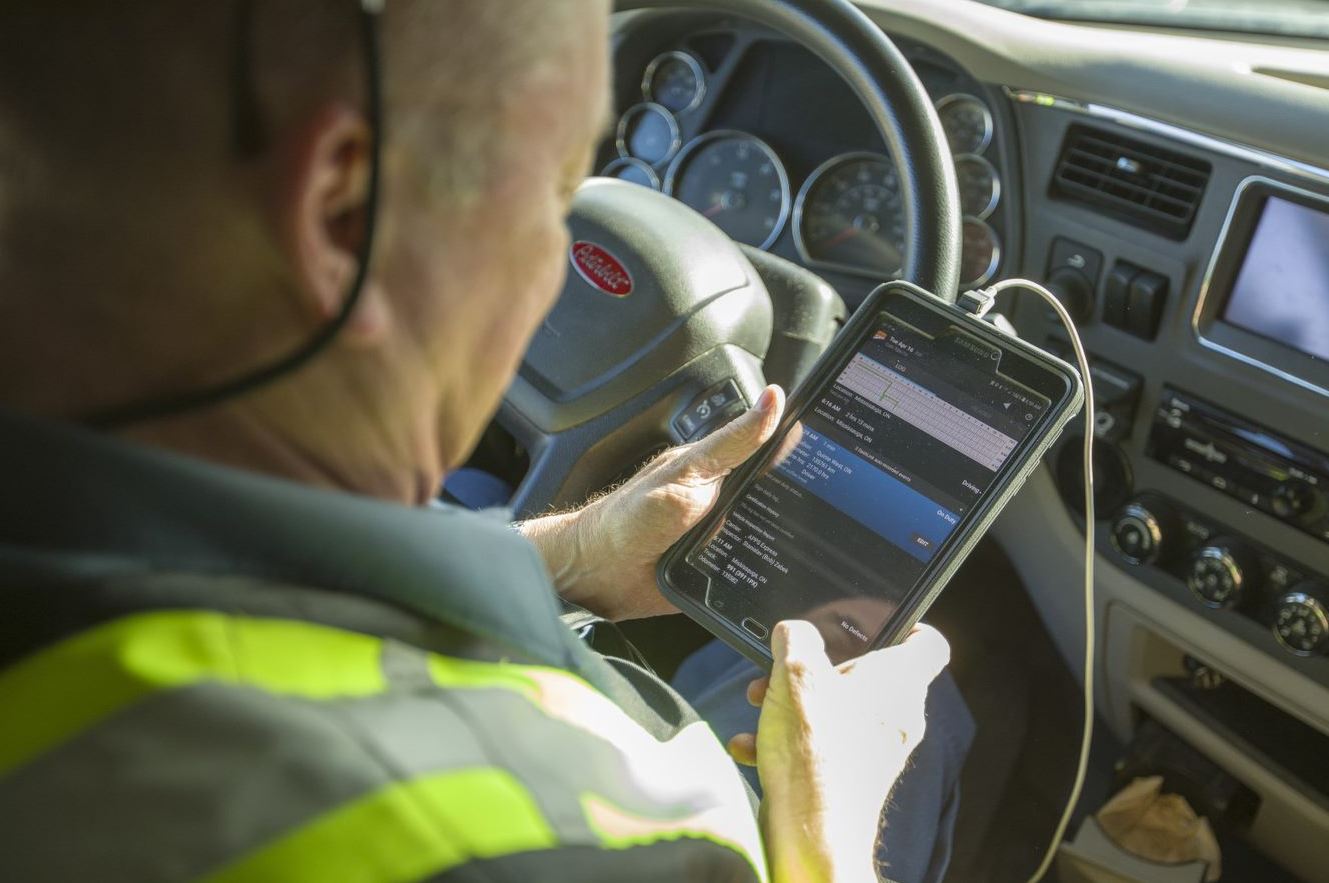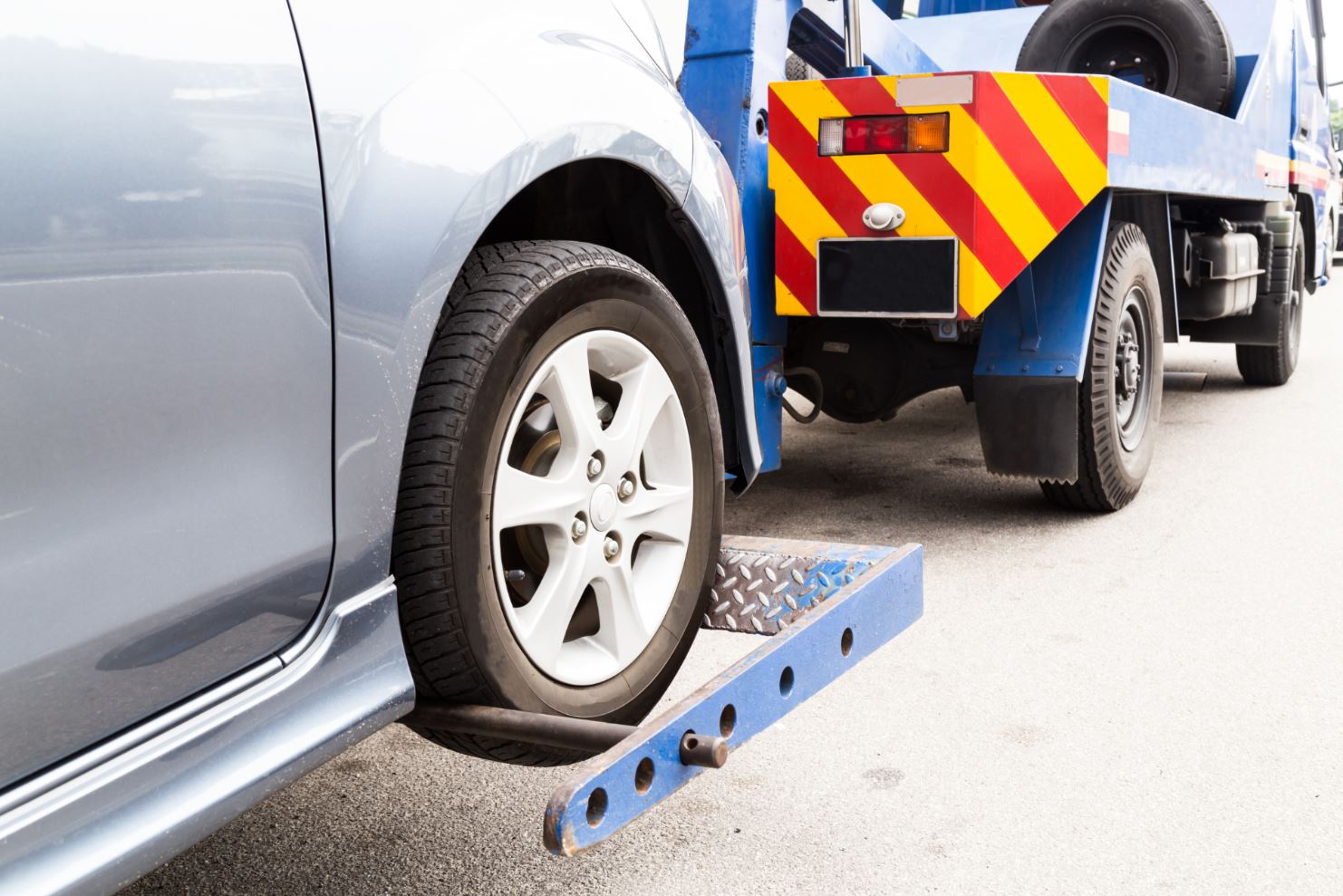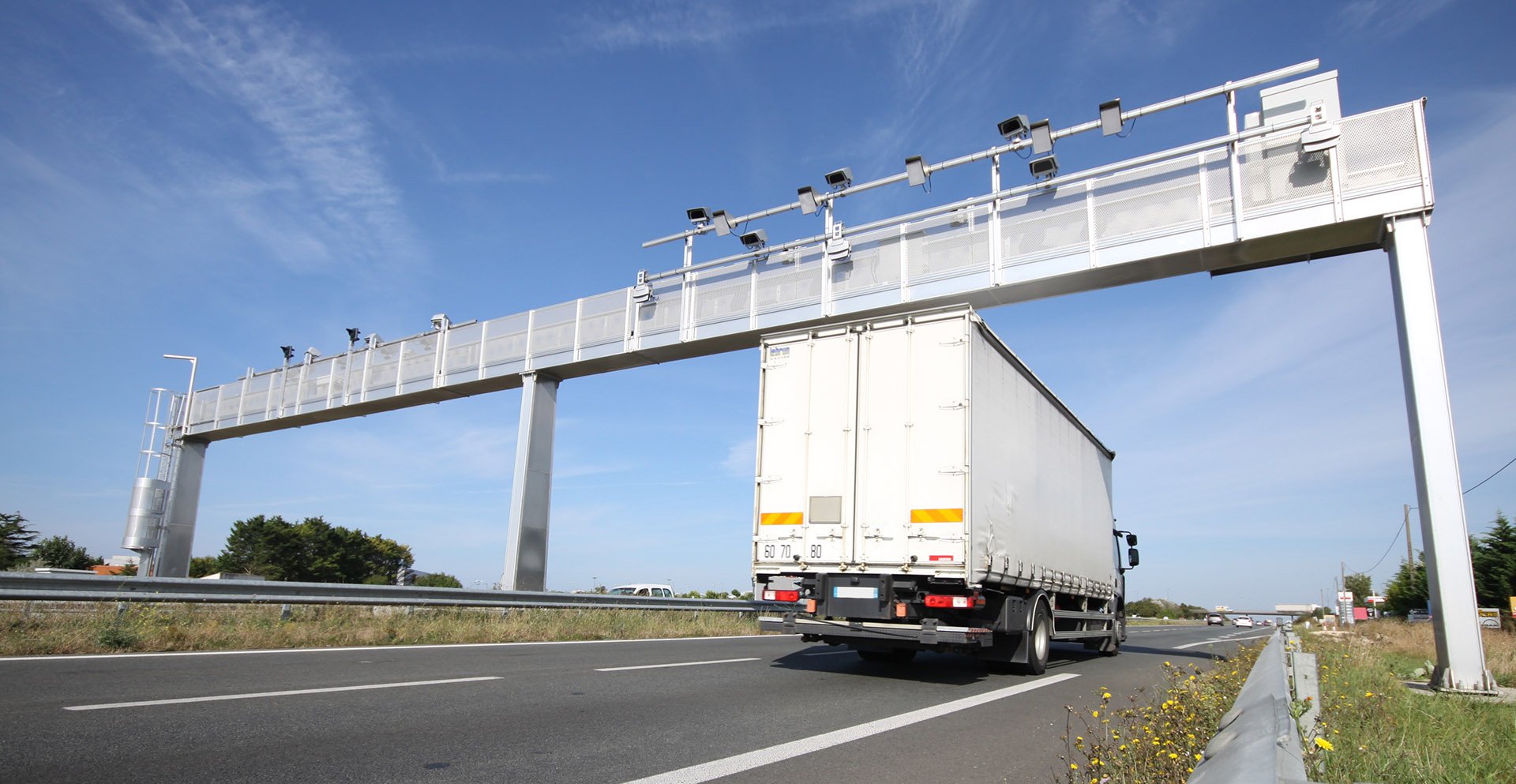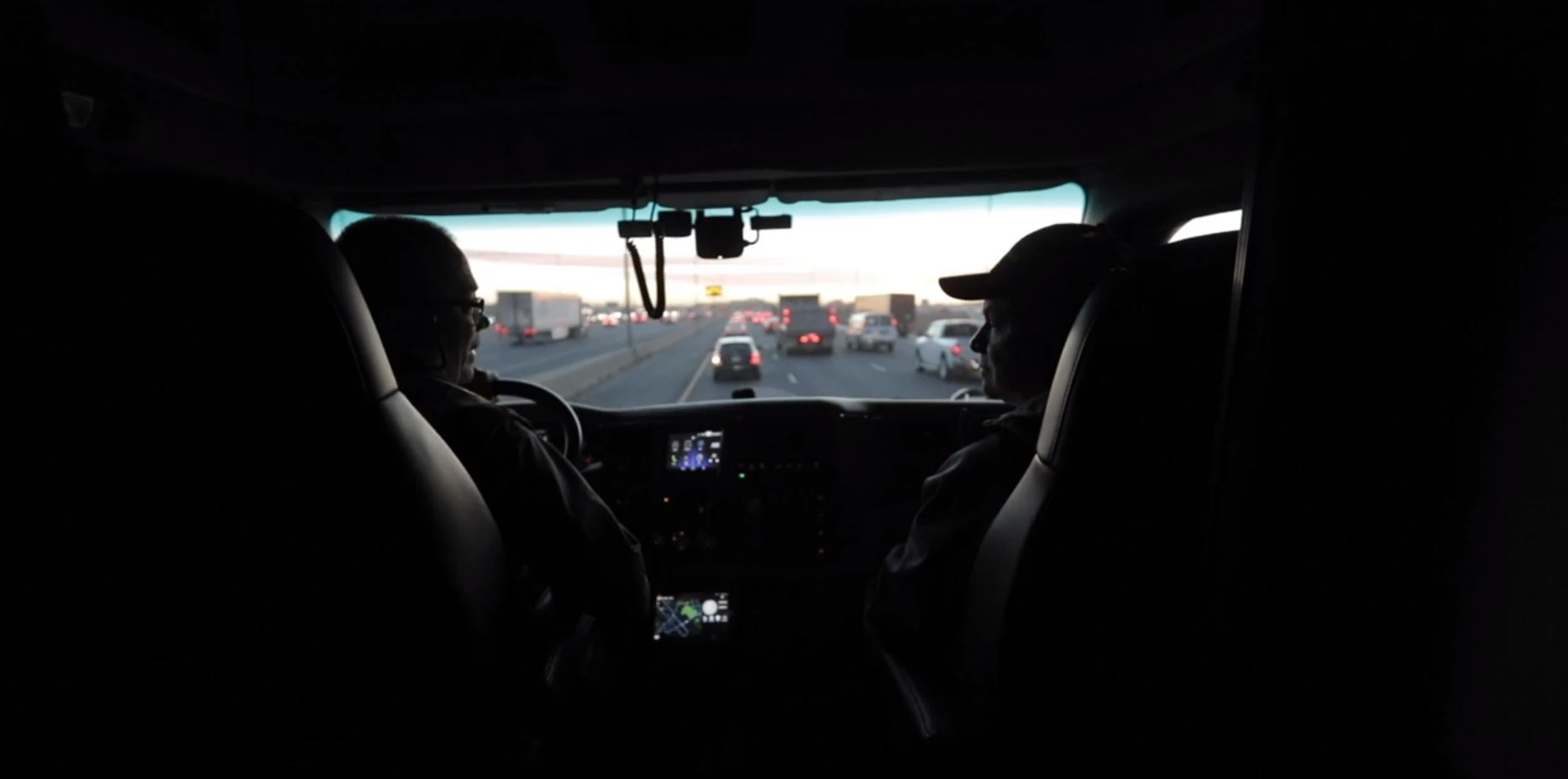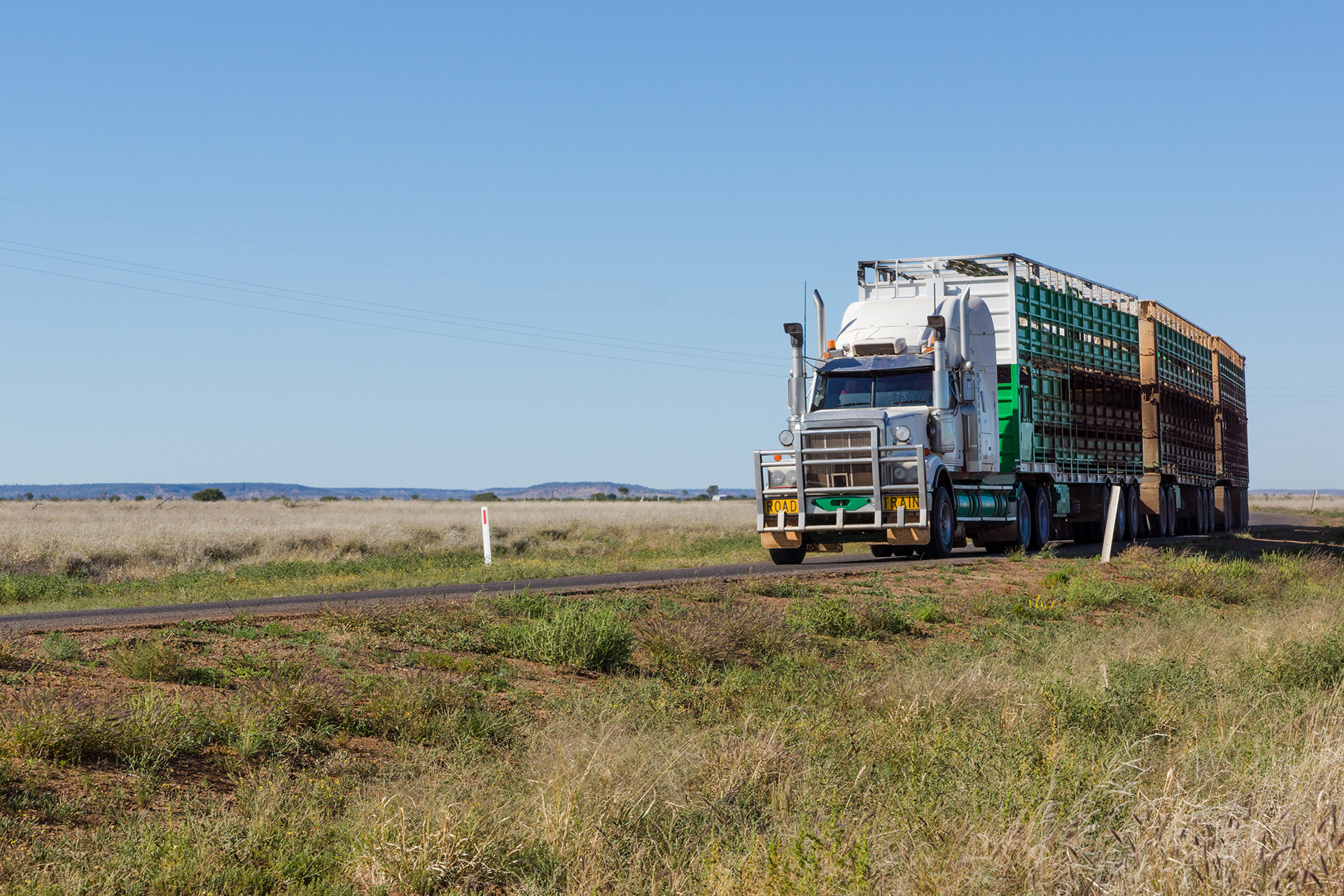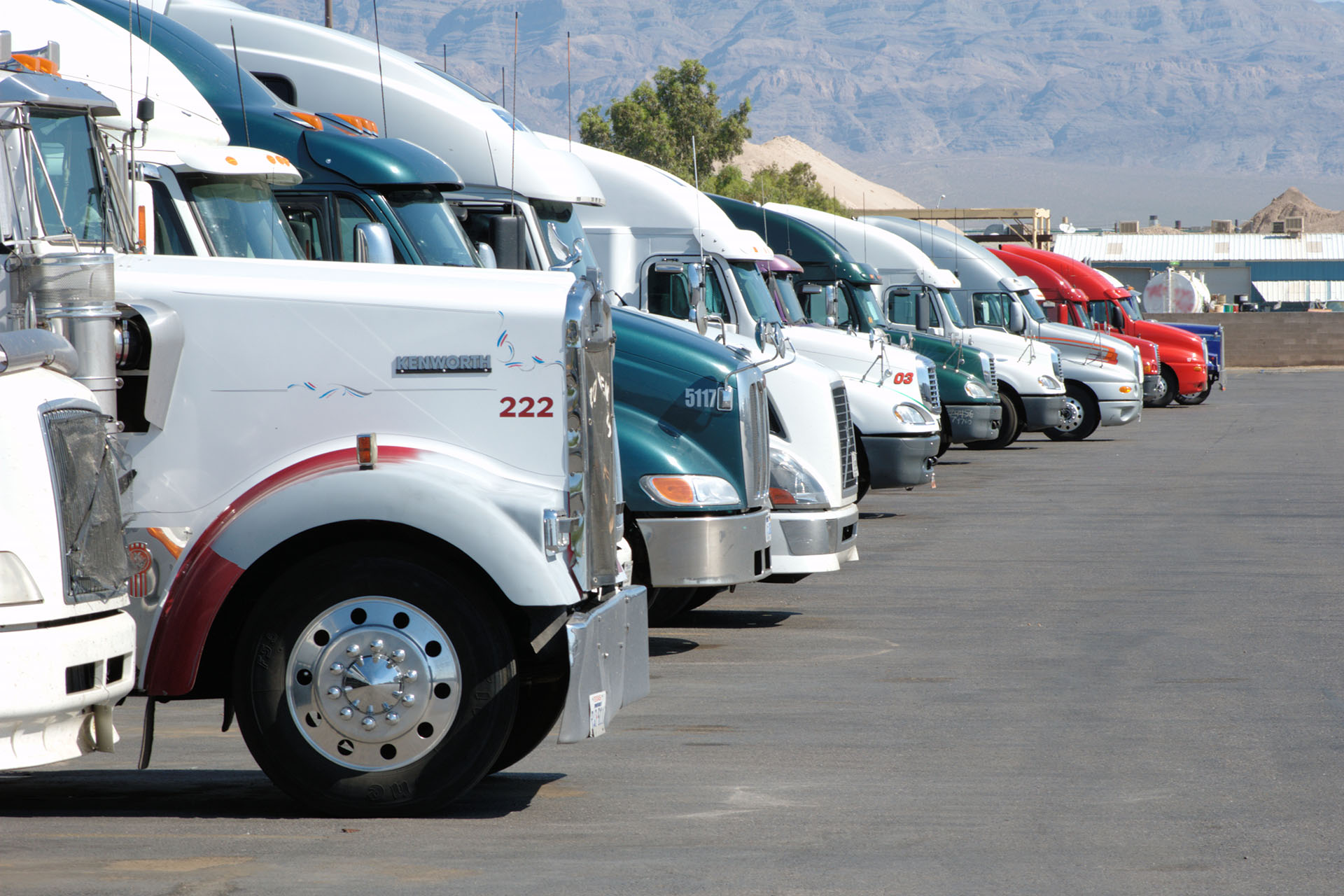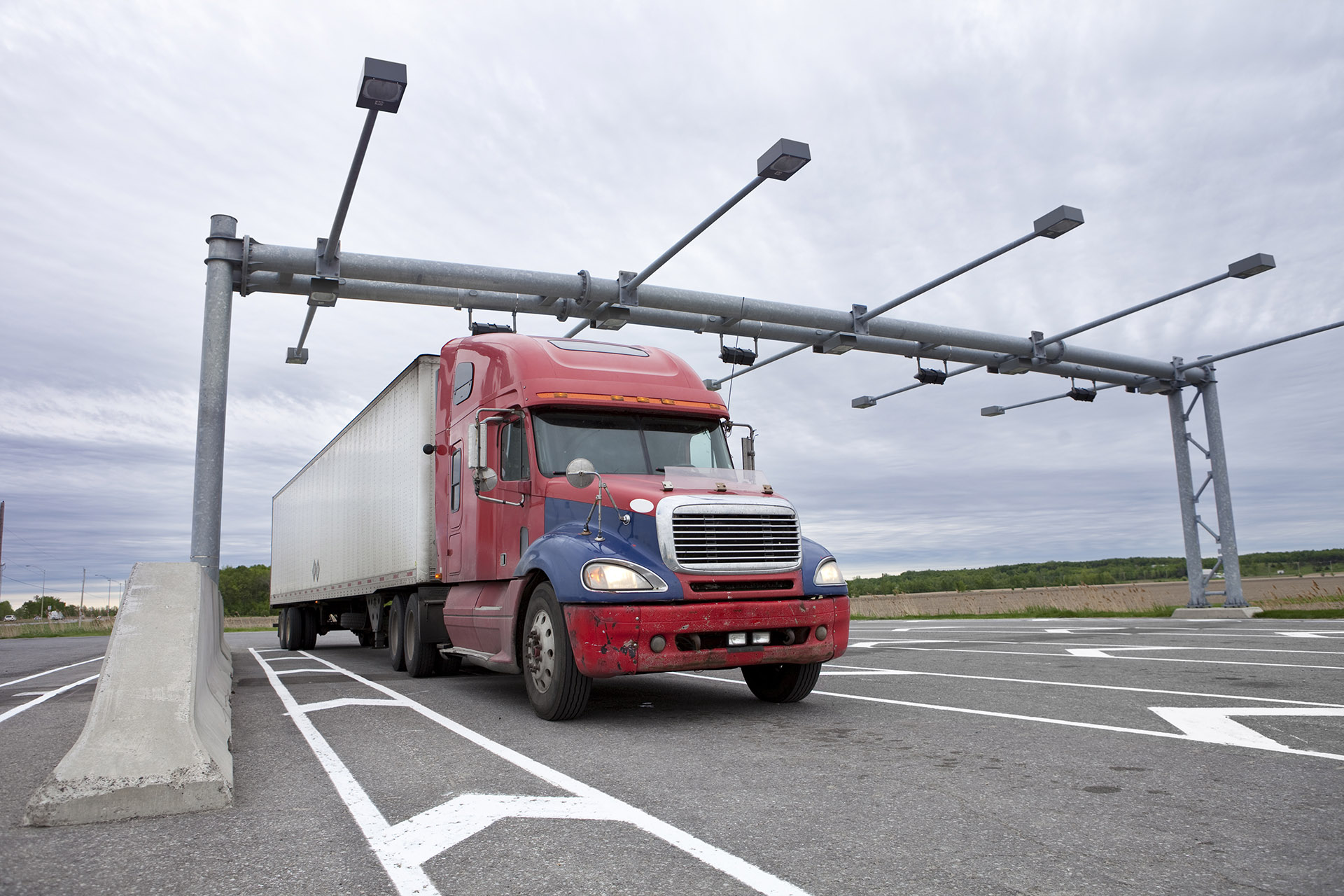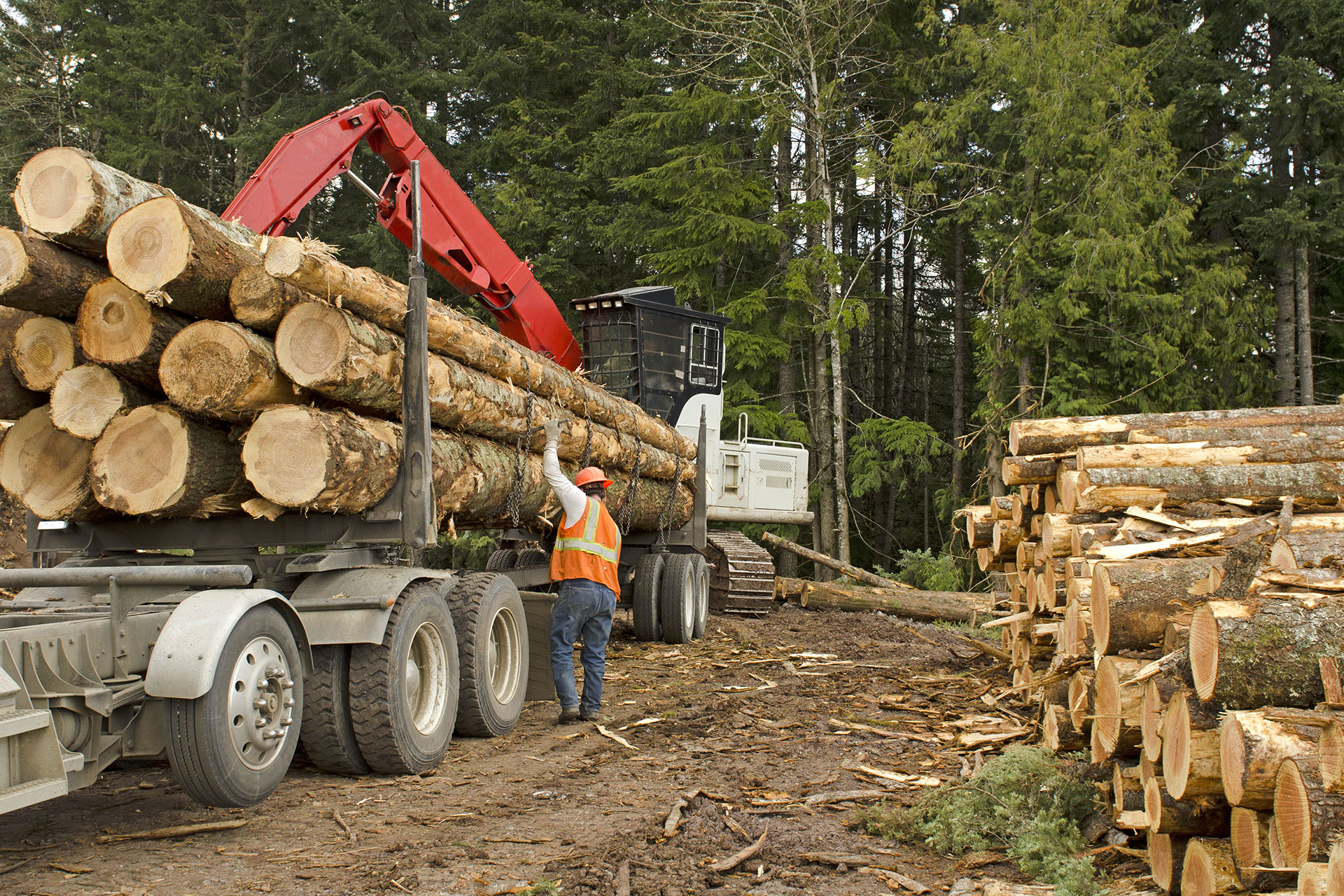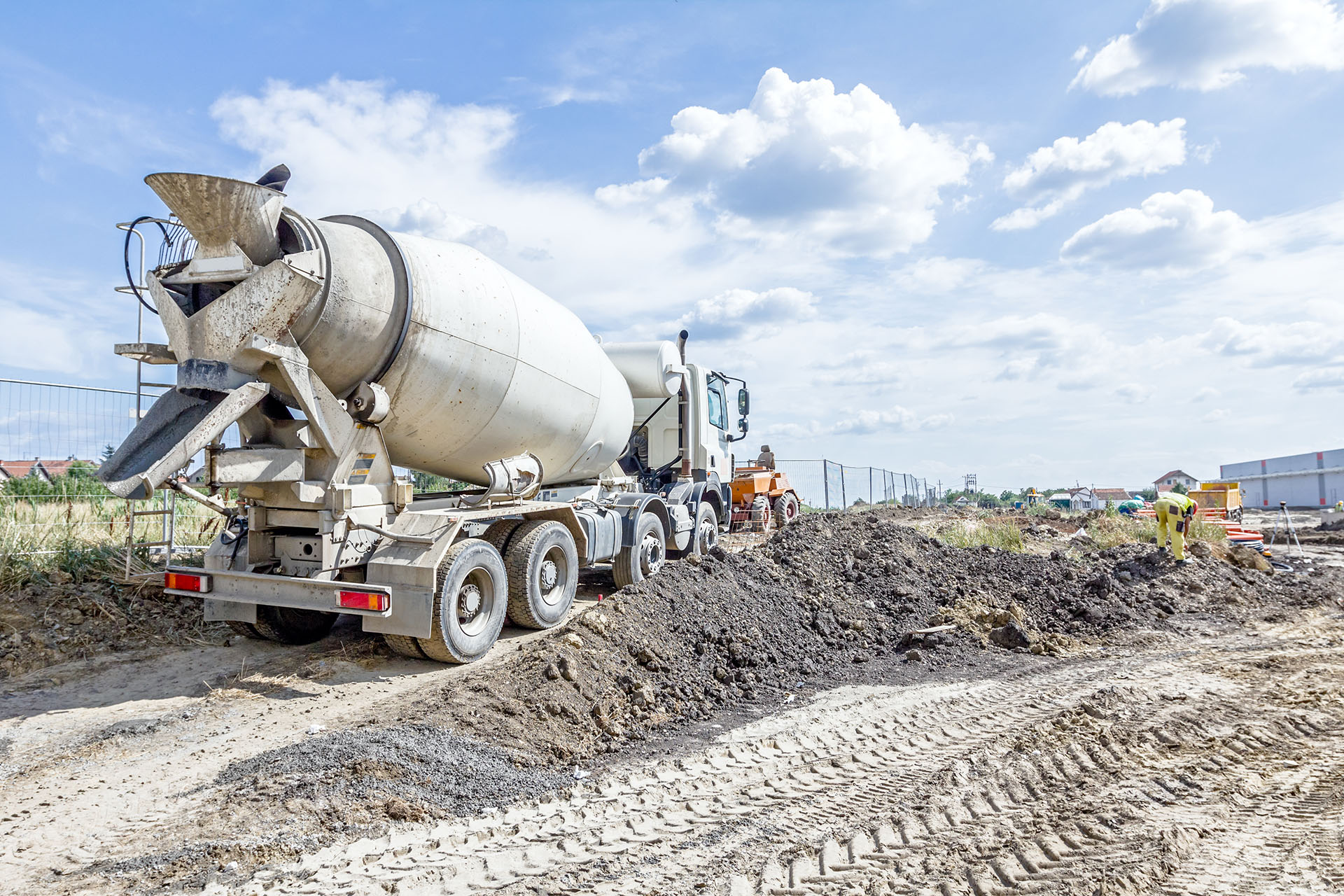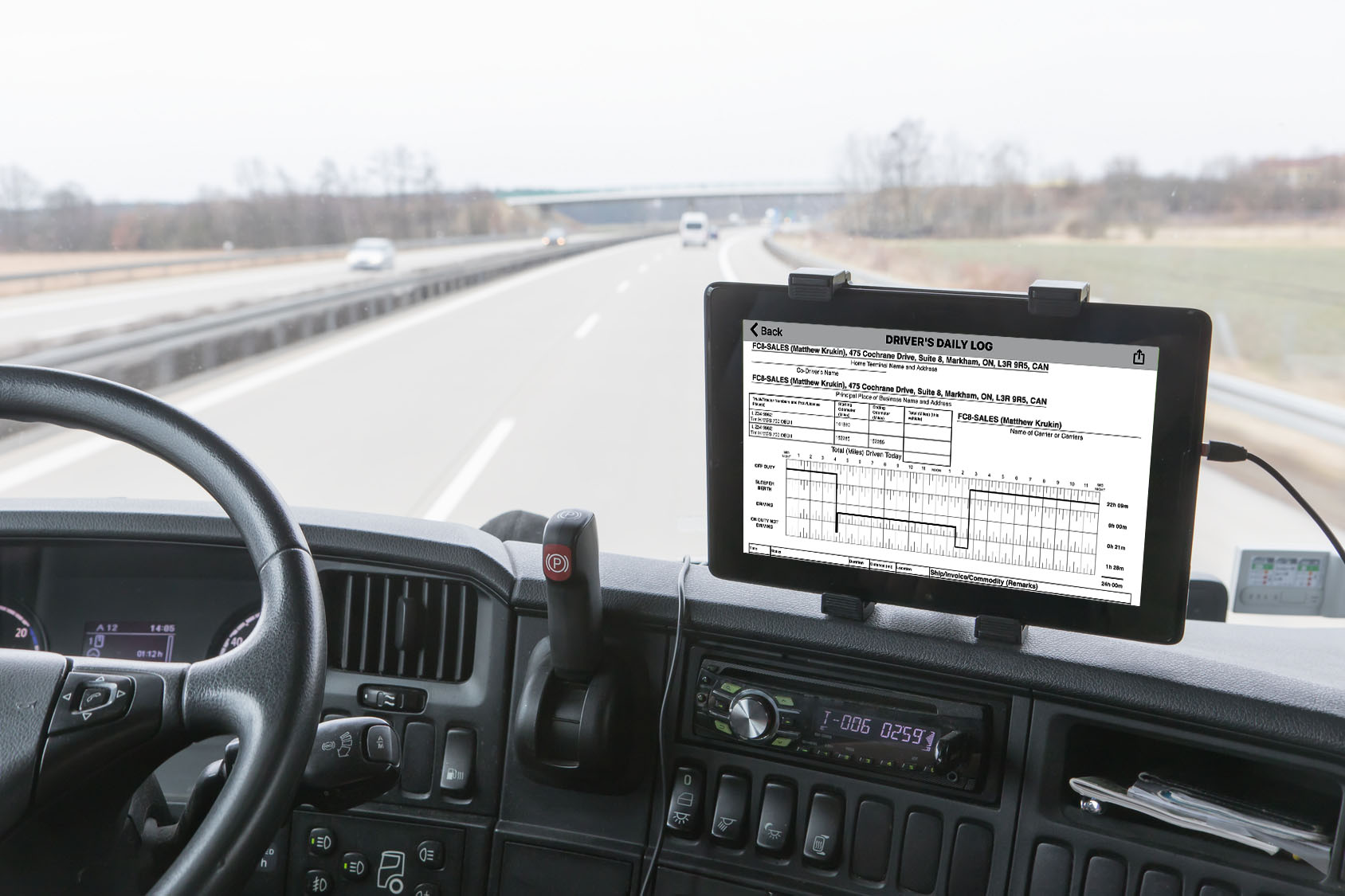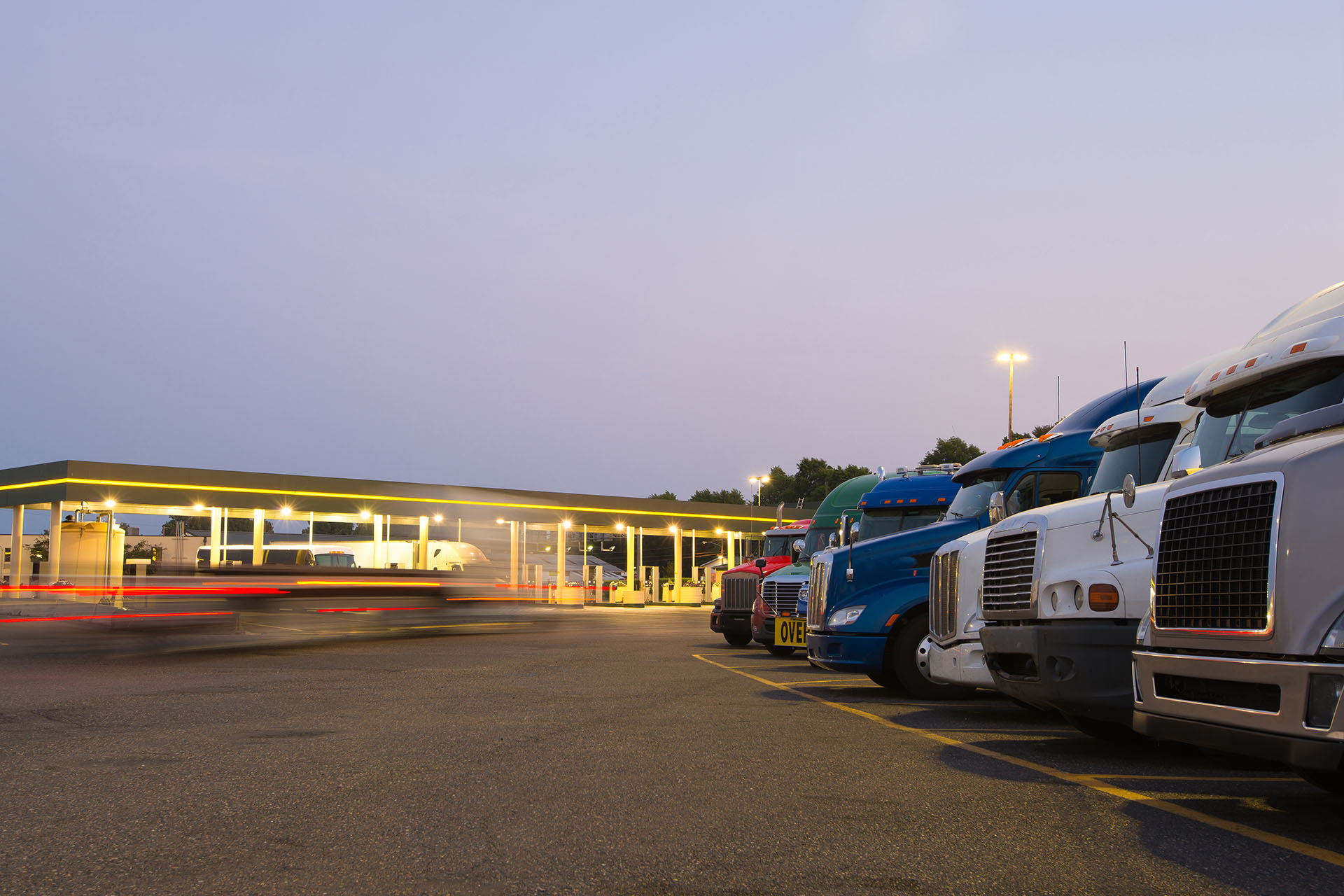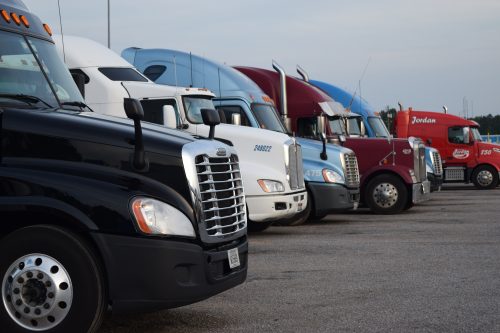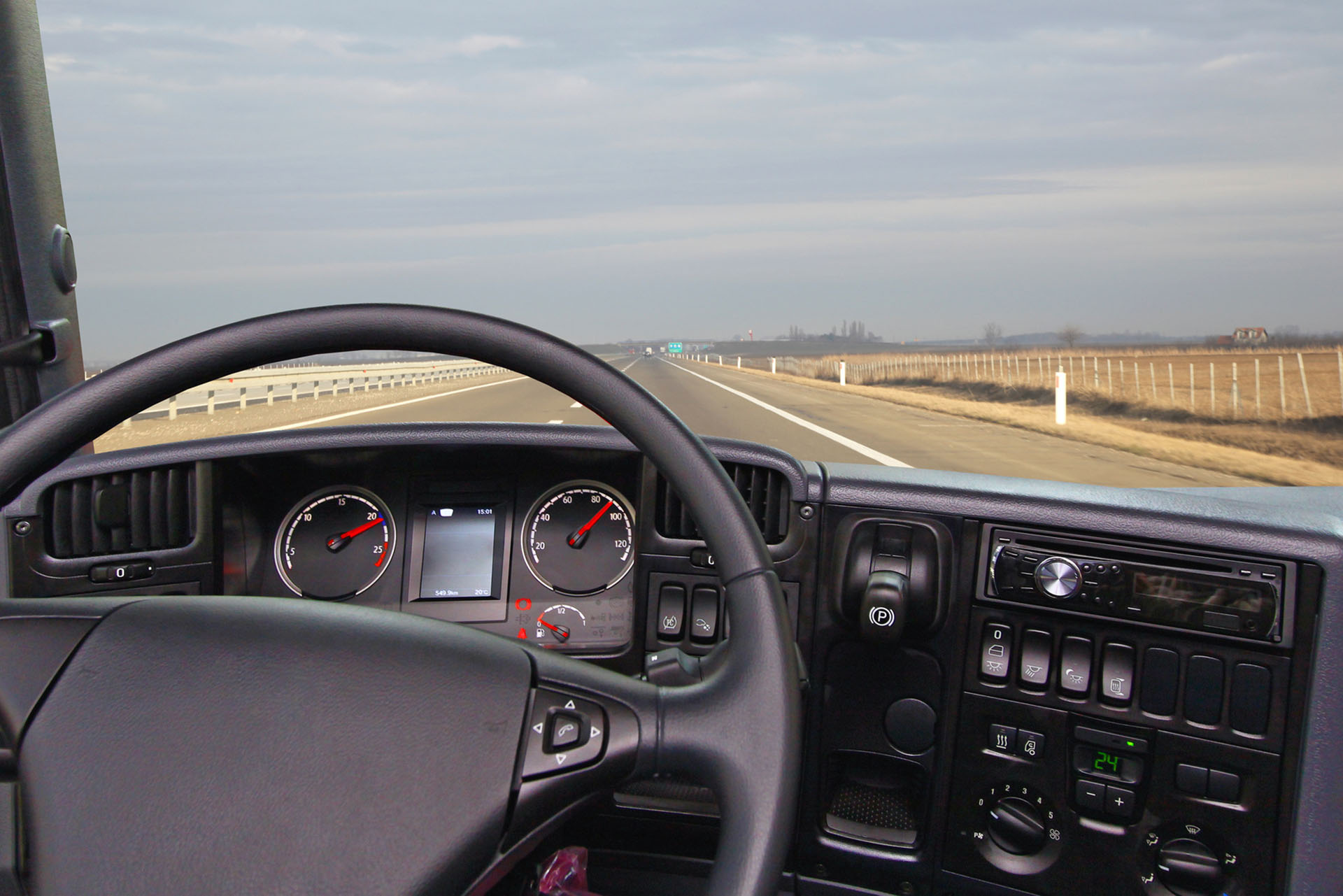Alberta Motor Transport Association (AMTA) hosted industry experts from Powerfleet (formerly Fleet Complete), Drivewyze and Isaac Instruments to discuss must-have technologies, ELDs and government regulations at the Leadership Conference and AGM on April 27, 2019 in Kananaskis, Alta.
The panel discussion centered around technology trends in the transportation industry targeted at improving safety for the truck drivers. Here is a recap of insights provided by Marc Moncion, head of safety, compliance and regulatory affairs at Powerfleet (formerly Fleet Complete).
From left: Brian Mofford, Marc Moncion, Jean-Sebastien Bouchard, and moderator Derek Clouthier.
How has technology changed the landscape of the trucking industry over the past decade?
From the time I started in the industry almost 30 years ago to today you have seen a significant evolution of the trucking industry from a paper base driven event to full automation.
Here are a few examples of how technology has played a significant role in trucking and what is just around the corner in terms of Technology.
- Telematics and GPS fleet tracking systems
Telematics refers to the process of capturing and transmitting vehicle location, status and other data into a secure analytics platform. A telematics system can be an integration of GPS (Global Positioning System) technology, computers and mobile devices.
A truck is fitted with a GPS tracking device that communicates to the user through a secure web-based software. The system enhances efficient monitoring of the location, movement, speed, status and behavior of every vehicle in the fleet.
A telematics system can also provide on-demand or auto-generated reports on the status of all the vehicles within a fleet, giving the fleet manager details on when the vehicle starts, shuts down, as well as when it idles, its location and speed. This real-time information and updates on fleet activities come to a secure centralized, web-based software portal. This allows the fleet managers to login from any internet-enabled computer at any time or from anywhere, which means you have full-time control of the fleet.
This can help:
- Gain insight into ETAs and Improve customer service.
- Dispatch the closest available driver and reduce miles driven and fleet running costs.
- Get more jobs done in a day and increase productivity.
- Monitor vehicle usage and reduce unauthorized activity.
- Track location of assets and vehicles, and increase security and safety.
Telematics systems are aftermarket additions, though some manufacturers are now selling vehicles already fitted with the solutions. Factory-fitted telematics have thus become a differentiating factor between OEMs, but trend predictors expect this to change in a few years to come. OEMs are already partnering with telematics providers such as Powerfleet (formerly Fleet Complete) to standardize this market. (Learn more about the GM OnStar integration)
- ELDs and trucking software applications (Fleet management system)
As of December 18, 2017, it is mandatory for almost all trucks in the U.S. to have an ELD (electronic logging device) which is aimed at creating a safe and compliant working environment for drivers. It records and tracks the driver’s record of duty status (RODs) and also monitors hours of service for each driver.
A fleet management system features an electronic logbook and a compliance reporting solution among other functions. The comprehensive fleet management system maintains compliance with the ELD mandate and all relevant regulations and also helps to manage and control your fleet vehicles, drivers and loads via an online reporting and management tools. (Learn more about the BigRoad Freight – load management platform)
The system records all ELD data including logs, IFTA, IRP, inspection (pre and post) and the data is audited automatically. This reduces time and costs associated with fleet management and compliance reporting. It also gives real-time notifications in case of violations, theft or accident for you to take immediate actions.
The management system can benefit the carriers in tracking vehicles, encourage good driver conduct, manage violations and reduce operational and fuel costs. The system can also enhance compliance thus improving fleet CSA scores in the U.S. and NSC scores in Canada.
Government legislation tends to move at a much slower pace than technology innovation, whether that be a government issue or at times push-back from the industry. So how can technology developers, government and the industry find more even ground?
By doing what we today – becoming known as an expert in the industry to help influence regulatory change going forward. When I worked in government circles in the policy area we would regularly gauge feedback from industry experts.
Case in point is ELD in Canada. We are working with the Canadian Trucking Alliance and the various provincial jurisdictions to ensure that the needs of the industry are being met. In this case, I’ve identified a gap that the current personal conveyance rules are not as flexible as they are in the United States. The US government has softened personal conveyance rules to allow drivers to get to a place of safety rather than being stopped at roadside or being forced to violate HOS rules when they run out of hours after being offloaded at a customer location. It is my hope that we are able to influence policy change to allow more flexibility as the Canadian government allows a maximum of 75 km in a day with a vehicle being unladen and without a trailer being towed.
ELDs are perhaps the most talked about of all the technology options for carriers, for good reason considering they will soon be mandatory in Canada. What lessons have we learned from the U.S. about ELDs since they were mandated in December 2017, and how has that changed your approach to the upcoming Canadian mandate?
Canada is not simply duplicating the U.S. regulation. The Canadian government plans to implement its ELD mandate as soon as 2020. In June this year, it will release its final regulations in the Canadian Gazette.
I predict that the biggest change will include a requirement for ELD devices to go through the third-party certification process – something sought by industry groups.
The U.S. moved more aggressively in the mandate, but self-certification is the fox in the hen house, in my opinion. ELD manufacturers certify their own devices in the United States. This resulted in a market flooded with questionable ELDs that have a stronger potential to be tampered with.
Having a higher standard for ELDs will ultimately benefit drivers and fleets. The key is to ensure that the Third-party ELD Auditors will have the tools necessary to ensure they are property certifying vendors according to agreed standards. I’ve already offered my assistance to work with Trucking Alliance, the CCMTA and Transport Canada to ensure that the actual data protocols are consistent with what is in the Canada ELD functional requirements.
The ELD mandate will be less of a shock to the industry in Canada. Cross-border carriers have already had to use the devices since the U.S. rule took effect in 2017.
I also speculate that Canada may face pressure to change its strict rules of personal conveyance – which would be harder to get around with ELDs. Off-duty unladen drivers are allowed to travel about 75 kilometers (47 miles) per day under current rules before being considered on-duty. Drivers don’t have a distance restriction in the U.S.
What is the biggest misconception you hear from fleets and customers about ELDs?
That ELD is a device that facilitates a big brother environment, or a tool used by motor carriers to take disciplinary action against non-compliant drivers. That is simply not the case.
I understand that this is a technology leveraged by the industry but ultimately it is the motor carrier that will manage how the data is being used. If a driver is violating hours of service rules, the motor carrier can take action to coach drivers not complying with the requirements.
If on the other hand the motor carrier is enabling a driver to violate the hours of service, it will be very difficult to hide that fact, as ELDs cannot allow a driver to edit any drive time.
The functionality to edit logs is there in case a driver makes a mistake. The system records both versions of the logs for inspectors to review. For example, if a driver forgets to sign out of the device at the end of the work day and returns to his vehicle the next day with 24 hours on duty time, the driver can make this correction in their daily log.
Today in the US, the driver is allowed to edit the log without the approval of the motor carrier. This is part of the anti-harassment provisions that are currently part of the US ELD mandate and will form the basis of the Canadian mandate as well.
Aside from ELDs, if you were managing a fleet, what would be two technologies you would not allow your drivers to move a truck without?
Deploying camera and vehicle tracking technology to keep drivers safe, reduce their risks on the road and knowing where your vehicles are at all times are always top priority for fleet owners. Crashes, collisions, repairs and severe injuries can cost your business tens of thousands of dollars per incident.
In-cab camera systems have been around for some years now and established themselves as the familiar “dash cam” – and they’ve been getting better and better in terms of quality during that time.
Vehicle video systems have tracked along with the evolution of digital cameras generally, which have seen big improvements in image processing, usability in low light/nighttime, and high-definition image capture as memory has ballooned storage capacity while getting evermore minuscule in size.
Probably first and foremost, the reason fleets implement video in their trucks is to defend the fleet and driver in case of collisions and potential phony insurance claims. For one thing, those looking for a payday can make a false claim or even try to run into a truck, knowing that fleets can be a nice, juicy target.
The other danger to trucks out on America’s roadways is more pervasive: public perception. Studies from the Federal Motor Carrier Safety Administration and other government agencies have shown that when heavy trucks and passenger cars collide, it’s the passenger car driver’s fault a convincing majority of the time at about 70% or higher. But when onlookers and the public see such a crash, they tend to assume it was “that big truck’s fault.” So fleets and trucking companies can end up being the ones to pay when they’re taken to court, even when their trucks weren’t at fault, and there are also the legal fees to consider in fighting such claims. Forward-facing cameras can help show the truth of the matter in collisions and save the company the costs and “black eye” of being sued.
From an enforcement point of view, how does today’s technology help drivers and fleets avoid being put out-of-service and elude violations?
From an enforcement point of view, there is a greater degree of comfort knowing that a motor carrier has deployed technology, provided it is tamper proof and shows an accurate and uncensored account of reality. On the other hand some old school DOT inspectors fear technology especially when there are so many different types of technology deployed. Some DOT will give the green light to leave… others will delay you while they try to sort out if a device is compliant or not. Then you have the AOBRD vs ELD requirements that also cause confusion.
I would go beyond the enforcement point of view and speak more holistically about Road Safety. Using technology like Powerfleet (formerly Fleet Complete) goes a long way to keeping drivers and motor carriers from deteriorating safety profiles, and thus from increased regulatory attention.
Poor driving habits are usually symptoms of being distracted or aggressive on the road and often overlap with other forms of unsafe driving.
- Aggressive Driving
Aggressive driving can emerge in different ways. There may be times where a driver is not focusing on the road ahead and accelerates hard to catch up to the moving traffic or brakes harshly to avoid a collision. Distracted driving can lead to aggressive driving behavior, even if accidental.On the other hand, driving conditions, especially for those who drive often and for long distances, can be stressful.
Stressful driving can translate to frustrated driving, and frustrated drivers are more likely to exhibit aggressive driving behavior. There are many reasons why drivers become frustrated, including rude behavior, tailgating, being cut off, failure to yield, and passing in the shoulder lane. These examples can be viewed as aggressive driving behavior as well.
- Traffic Congestion
Another common frustration for drivers is traffic congestion. Most people do not like traffic because of the time strain it has on their personal lives, but for professional drivers, the negative effects of traffic congestion can have direct financial repercussions. Aside from the typical annoyances of spending long hours in traffic, drivers also feel their productivity is adversely affected. Drivers are often paid by the mile, and with the Federal Motor Carrier Safety Administration’s (FMCSA) Hours of Service limitations to consider, drivers are inherently motivated to drive as far as they can in the least amount of time. When stuck in traffic, routes become less efficient, and attempts to make up for lost time can lead to aggressive driving behavior.
Driver Behavior Data
Aggressive driving is attributed as a leading cause of crashes each year, which can be addressed by fleet management solutions. The vehicle data, such as speed, direction of travel and more, is captured by an in-vehicle GPS device and is transmitted to the fleet management system database where managers can leverage this information and turn it into actionable coaching opportunities.
Powerfleet’s (formerly Fleet Complete) Driver Safety Scorecard Report is designed to maximize driver safety and identify a fleet’s riskiest drivers. This report will complement any fleet’s safety measures, and act as a powerful tool for gauging their drivers’ safety risk.
Specifically, the Driver Safety Scorecard Report can help with safety and compliance to:
- Increase driver safety
- Identify risky drivers
- Recognize safer drivers
- Reduce possible accidents
- Enhance internal safety policy
- Mitigate potential for traffic violations
- Lower vehicle maintenance costs
- Improve insurance rates
- Curb employee benefits costs
- Minimize vehicle downtime
Several of the new technologies available now help improve fuel economy and avoid collisions, helping the environment and making our roads safer. Do you think there is a role government needs to play when it comes to investing in new technologies, whether it be through incentives or otherwise?
Governments can and will always have a role to play when it comes to investing in new technology. In terms of the trucking industry you’re seeing more and more incentives being brought forward in response to Green Technology that will help preserve the environment. Government of Canada offers incentives to the trucking industry to adopt greener technologies, such as electric and natural gas powered commercial vehicles.
The draft program also includes rebates, of up to 30%, for aerodynamic devices such as side skirts and boat tails, with additional rebates available for electric APU technology and the use of ant-idling devices.
Encouraging fleets to invest in GHG reducing technologies, which include:
- Revising the 2014 or newer model year requirement for eligible alternative fuel vehicles, to include older model vehicles;
- The addition of wide single tire technology, which have similar, if not greater GHG reducing potential than other technologies in the draft program;
- Including rebates for telematics and driver monitoring systems, up to 30 percent in line with Eco Camionnage program in Quebec;
- Implementing an early adopter incentive which provides fleets running long-haul trucks an additional 10 percent rebate on all eligible vehicles and equipment;
- An additional rebate for dual fuel and conversion kits, up to 30% for long-haul trucks and carriers registered in the Long Combination Vehicle (LCV) program in Ontario;
- The inclusion of additional rebates for driver and staff training costs when adopting new alternative fuel technologies.
These recommendations include a wide scope of proven technologies and reward early adopters. Although there is no timeline for when the program will be open to fleets, the government is optimistic an announcement will be made soon.
We have seen recently a move away from platooning and more toward automation. I think most industry professionals would agree that driverless trucks, though a possibility somewhere down the road, are several years away, maybe decades. Where do you see autonomous trucks 20 years from now, and is automation a catalyst that is driving millennials away from trucking?
Trucks without human drivers sound just like a dream, but the next big thing in the trucking industry will surely be self-driving trucks. Daimler has already made and tested a semi self-driving truck which was officially authorized to operate on the public highways of Nevada. Semi-autonomous truck technology will be combined with platooning technology to further reduce fuel costs and to enable hauling of more freight more efficiently.
Platooning technology involves several trucks with a driving support system closely following one another to form a platoon. The trucks have smart driving technology and mutual communication between the trucks (vehicle-to-vehicle communication). The technology should address the driver shortage problem which is predicted to rise to about 240,000 in the next 5 years.
Since the trucks will be driven by a computer that doesn’t share human emotions, it can improve and reduce crashes caused by driver fatigue, distractions or other emotions.
The technology is also expected to reduce fuel cost, CO2 emissions and reduce traffic congestion.
Is there something that has been absent from the discussions about technology in our industry that you feel is an important issue for carriers to consider moving forward?
Only that government have to react faster to emerging technology. Take the ELD scenario and the time it is taking for Canada to adopt vs in the U.S. Actually putting motor carriers at a competitive disadvantage having to work using paper on the one hand and technology on the other.
Read a recap of the event and insights from other panelists from the Truck News recap.






